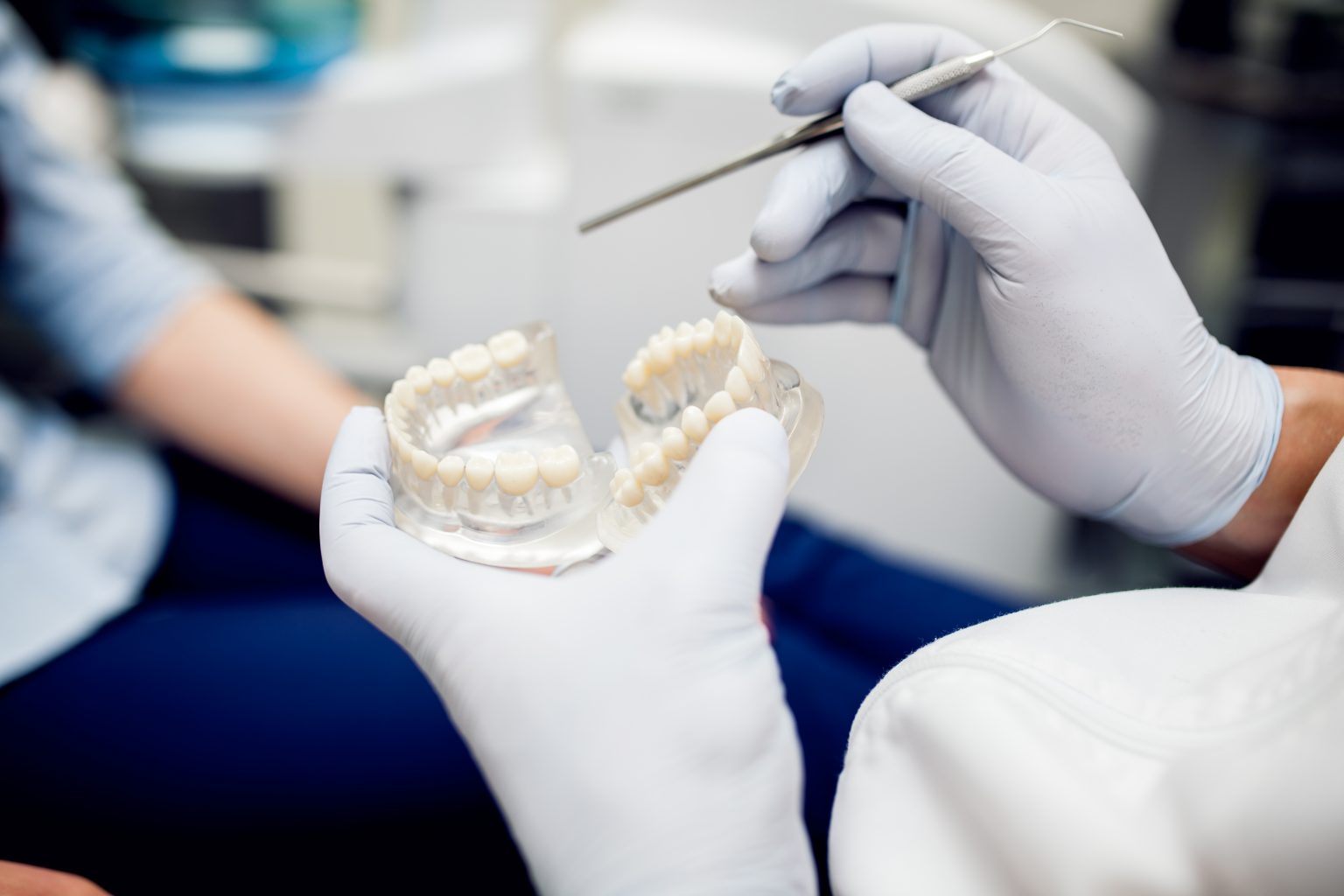Many patients worry that ordinary dental X-rays could compromise their pacemaker or other medical equipment, and this worry arises when they have dental operations. Furthermore, panoramic (Pan O) dental X-rays are frequently used by dentists to provide thorough images of the mouth, making them a crucial diagnostic tool for disorders relating to oral health. This article examines the value of panoramic dental X-rays in dental care as well as the safety of dental X-rays for patients who have pacemakers.
Dental X-rays with Pacemakers: Is It Safe?
Safety is always the first priority for those who have pacemakers, especially when undergoing medical procedures. Routine dental checks sometimes include dental X-rays, but may they harm your pacemaker?
Dental X-ray Operation
Dental X-rays take pictures of your teeth, gums, and bones using very low radiation doses. These X-rays help dentists detect cavities, infections, bone loss, and other issues that would not be seen during a regular oral checkup. Dental X-rays come in a variety of forms, including as bitewing, panoramic, and periapical images.
Effects on Pacemakers
Fortunately, dental X-rays are thought to be safe for pacemaker-wearing patients. Since dental X-rays only emit small amounts of radiation that are limited to the mouth, it is unlikely that they will interfere with the pacemaker’s ability to work. Contemporary pacemakers are made to withstand interference from outside sources, such as X-rays, and are well-shielded.
No Direct Impact: Pacemakers are positioned outside the focal region of dental X-rays, in the chest. The possibility of interference is further decreased by the pacemaker’s distance from the X-ray source.
Lead aprons are used by dentists as a kind of shielding to protect their patients from unneeded radiation exposure during X-rays. The pacemaker and other delicate bodily parts may be better protected by this additional layer of defense.
Speak with Your Doctor and Dentist: Before having any dental work done, it’s crucial to let your cardiologist and dentist know that you have a pacemaker, even though dental X-rays are usually safe for those who have one. This guarantees that all essential safety measures are implemented.
What Are Pan O (Panoramic) Dental X-Rays?
A sort of extraoral X-ray that provides a broad, complete image of the entire mouth, including the teeth, jaws, and surrounding structures, is a panoramic dental X-ray, or Pan O X-ray. Panoramic X-rays give a wider view than standard X-rays, which enables dentists to diagnose more complicated conditions.
Advantages of Dental Panoramic X-Rays
Whole Perspective: A single image from a panoramic X-ray shows the entire dental structure. This gives dentists a comprehensive view of the teeth, jawbone, and surrounding tissues. This is particularly helpful in detecting disorders including cysts, tumors, impacted teeth, and anomalies in the bone.
Detecting Complex abnormalities: Panoramic X-rays are commonly used to detect abnormalities that might not be obvious with regular dental checkups or bitewing X-rays. For example, dentists may utilize a panoramic X-ray to evaluate the location of wisdom teeth or to determine the extent of bone loss in patients with periodontal disease.
Pre-Surgical Planning: When planning surgical operations like dental implants, extractions, or orthodontic treatments, dentists typically employ panoramic X-rays. The wide range of view enables dentists visualize the whole mouth and jaw, enabling precise and correct treatment.
Minimal Radiation dose: Compared to other medical imaging modalities, panoramic X-rays have a comparatively low radiation dose even if they cover a bigger region. They are therefore a reliable choice for the diagnosis of a variety of dental disorders.
Reasons Patients May Require Pan O X-rays
If Wisdom Teeth Are Affected: For the purpose of identifying wisdom teeth that may need to be extracted, panoramic X-rays are indispensable.
Jaw Abnormalities: A panoramic X-ray can give a clear picture of the bone structure if there are any suspected abnormalities in the jaw.
Orthodontic Treatment: By evaluating the positions of all teeth, dentists and orthodontists use panoramic X-rays to plan braces or other orthodontic interventions.
In summary
Dental X-rays are usually safe for people with pacemakers, and contemporary shielding methods further reduce any possible dangers. Always let your dentist and healthcare provider know if you have any worries regarding your pacemaker during dental operations so that the necessary steps are done.

